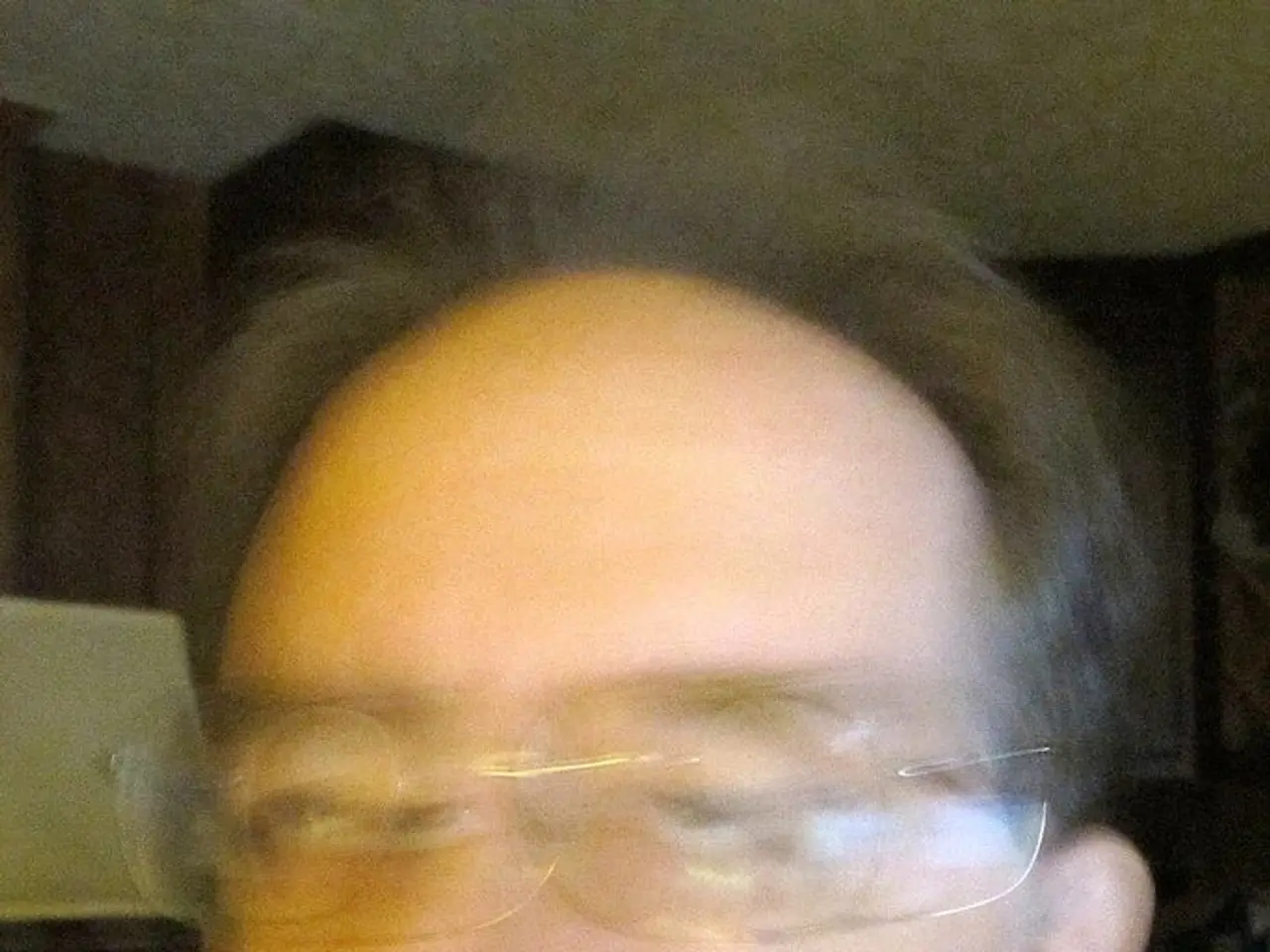Unveiling Hidden High Blood Pressure: Characteristics, Signs, Remedies, and Additional Information
Masked hypertension, a condition where a person's blood pressure (BP) appears normal in clinical settings but is elevated outside the office, can go unnoticed during routine check-ups [1][4]. This condition, though silent, carries significant health risks similar to sustained hypertension.
Causes of Masked Hypertension
The causes of masked hypertension overlap with general hypertension factors. Lifestyle and dietary factors, obesity and metabolic issues, sleep disturbances, psychosocial stress, environmental factors, medication and supplement influences all contribute to the risk [2][5].
Lifestyle and Dietary Factors
High sodium intake, low potassium, calcium, and magnesium, as well as a poor diet quality, increase the risk of masked hypertension [5].
Obesity and Metabolic Issues
Overweight, insulin resistance, and related metabolic syndromes contribute to elevated BP [5].
Sleep Disturbances
Conditions like obstructive sleep apnea or poor sleep quality can increase BP variability [5][2].
Psychosocial Stress
Chronic stress releases hormones (cortisol, adrenaline) that raise blood pressure intermittently [2][5].
Environmental Factors
Exposure to air pollution and chemical toxins may play a role [5].
Medication and Supplement Influences
Some medications and supplements can cause fluctuations, potentially masking the true BP [2].
Symptoms
Masked hypertension is typically asymptomatic because BP is only elevated outside clinical settings. However, if symptoms do appear (usually due to hypertension complications), they might include headache, lightheadedness or dizziness, nosebleeds (less common), breathlessness or chest discomfort (if heart or lung function is affected), and vision problems (due to retinal vessel damage) [3].
Treatment Options
The approach to masked hypertension includes lifestyle modifications, pharmacological treatment, regular monitoring, and addressing underlying causes.
Lifestyle Modifications
Continuing or starting healthy lifestyle habits such as a low sodium diet, regular physical activity, weight management, stress reduction, and improving sleep quality are recommended [1][5].
Pharmacological Treatment
If confirmed elevated BP readings persist on ambulatory blood pressure monitoring (ABPM) or home monitoring, antihypertensive medications may be prescribed. First-line drugs commonly include thiazide diuretics or calcium channel blockers [1].
Regular Monitoring
Annual or more frequent ABPM or home BP monitoring helps track control and adjust treatment if needed [1].
Addressing Underlying Causes
Managing obesity, sleep apnea, and medication side effects that could contribute to BP elevation is also crucial [2][5].
Since masked hypertension carries risks of stroke, cardiovascular events, and mortality comparable to sustained hypertension, identifying and treating it is crucial despite the lack of office BP elevation [1][4].
Diagnosis and Management
Laboratory tests may be ordered to check for conditions that cause or worsen hypertension, including blood sugar, cholesterol, kidney, liver, and thyroid function. Many people may need to take a combination of medicines to manage hypertension [6].
If lifestyle and dietary changes do not help lower blood pressure, doctors may suggest medications such as diuretics, ACE inhibitors, ARBs, calcium channel blockers, and beta-blockers [7].
If individuals consistently have high blood pressure readings on an at-home monitor, they should contact a doctor for advice [8].
In summary, masked hypertension is a silent but dangerous condition characterized by normal office blood pressure but elevated readings elsewhere, caused by lifestyle, metabolic, environmental, and stress-related factors, generally asymptomatic, and treated through lifestyle changes, medication, and careful monitoring.
[1] National Institute of Neurological Disorders and Stroke. (2021). Hypertension: Hope Through Research.
[2] American Heart Association. (2021). Masked Hypertension.
[3] Mayo Clinic. (2021). Hypertension: Symptoms and causes.
[4] American Heart Association. (2021). Ambulatory Blood Pressure Monitoring.
[5] American Heart Association. (2021). Lifestyle Changes.
[6] Mayo Clinic. (2021). Hypertension: Diagnosis and treatment.
[7] Mayo Clinic. (2021). Hypertension: Medications.
[8] American Heart Association. (2021). At-home blood pressure monitoring.
- The nutritional quality of one's diet, including high sodium intake and low levels of potassium, calcium, and magnesium, can increase the risk of masked hypertension.
- Understanding and addressing psychosocial stress, which can intermittently raise blood pressure due to hormonal releases, may help manage masked hypertension.
- In addition to medication and supplement influences, environmental factors such as exposure to air pollution and chemical toxins may contribute to the occurrence of masked hypertension.
- For individuals who consistently have high blood pressure readings on a home monitor, consulting with a medical-conditions professional is advisable for appropriate diagnosis, management, and potential treatment options in the health-and-wellness field.




